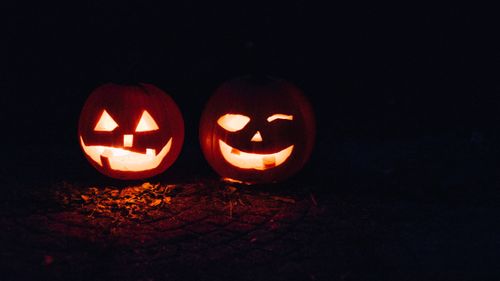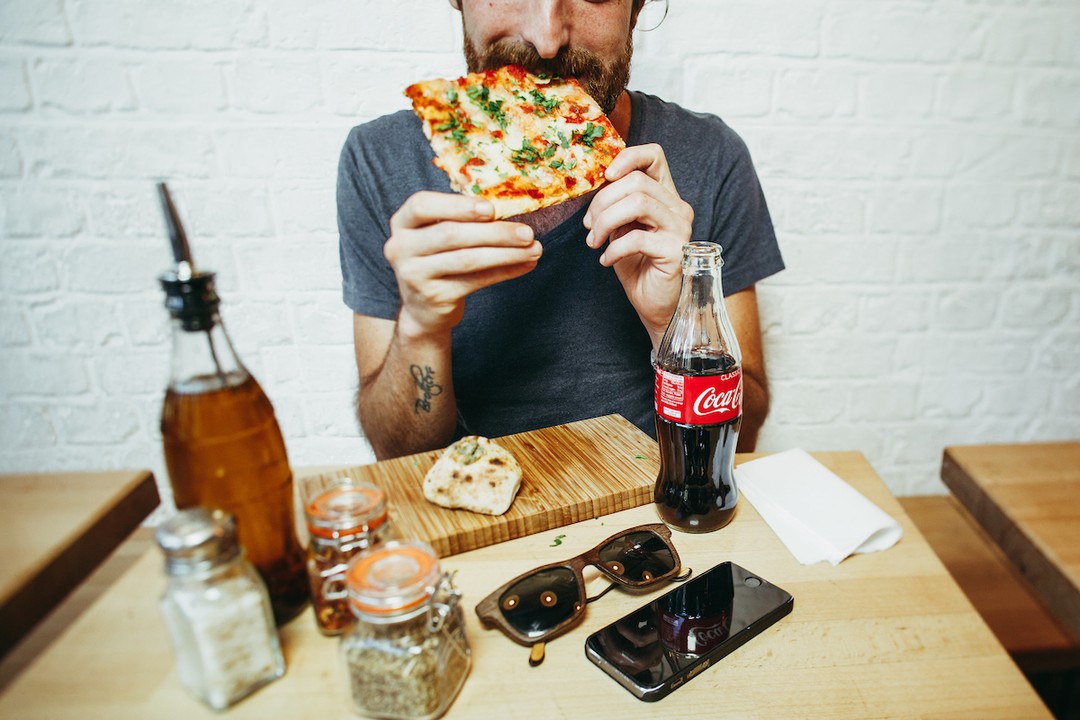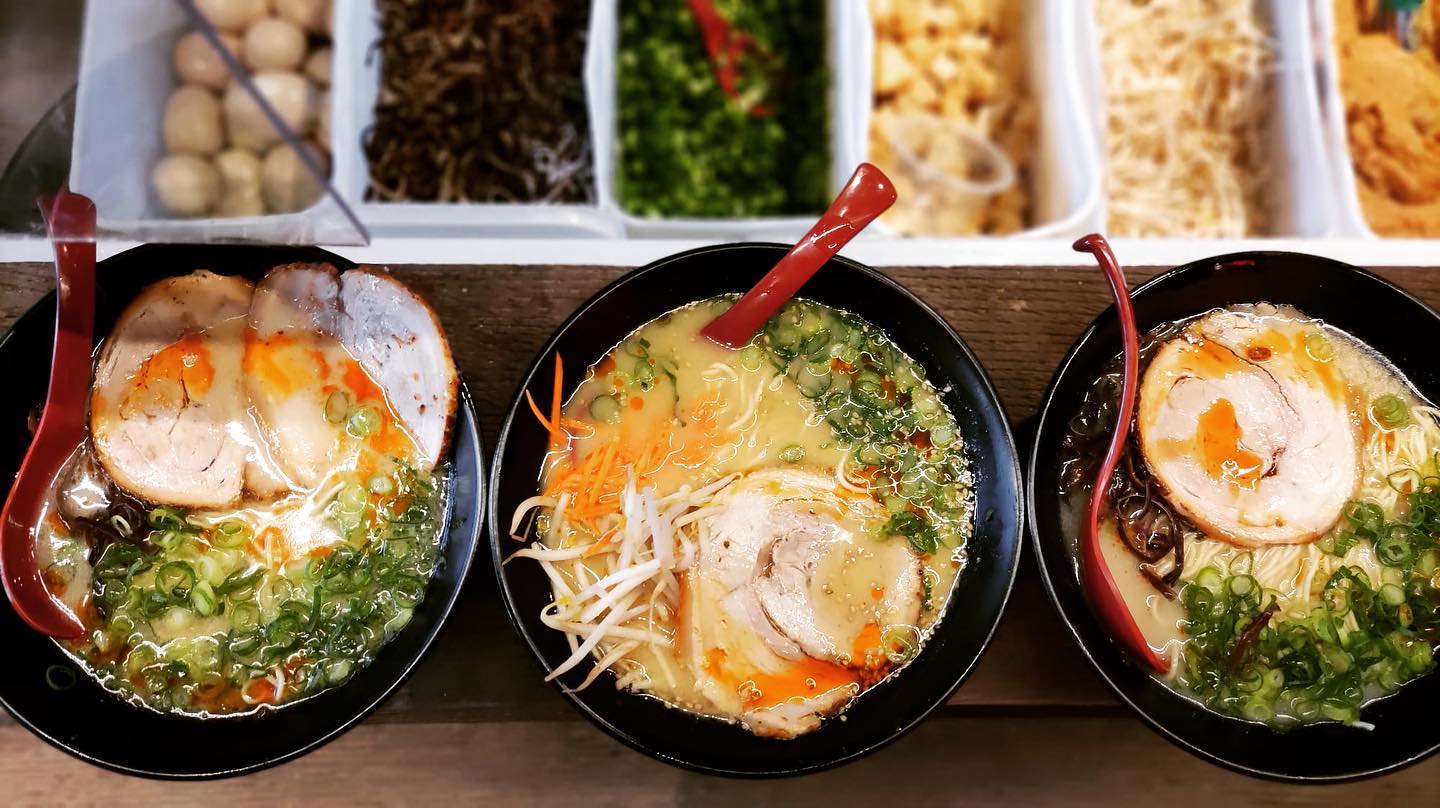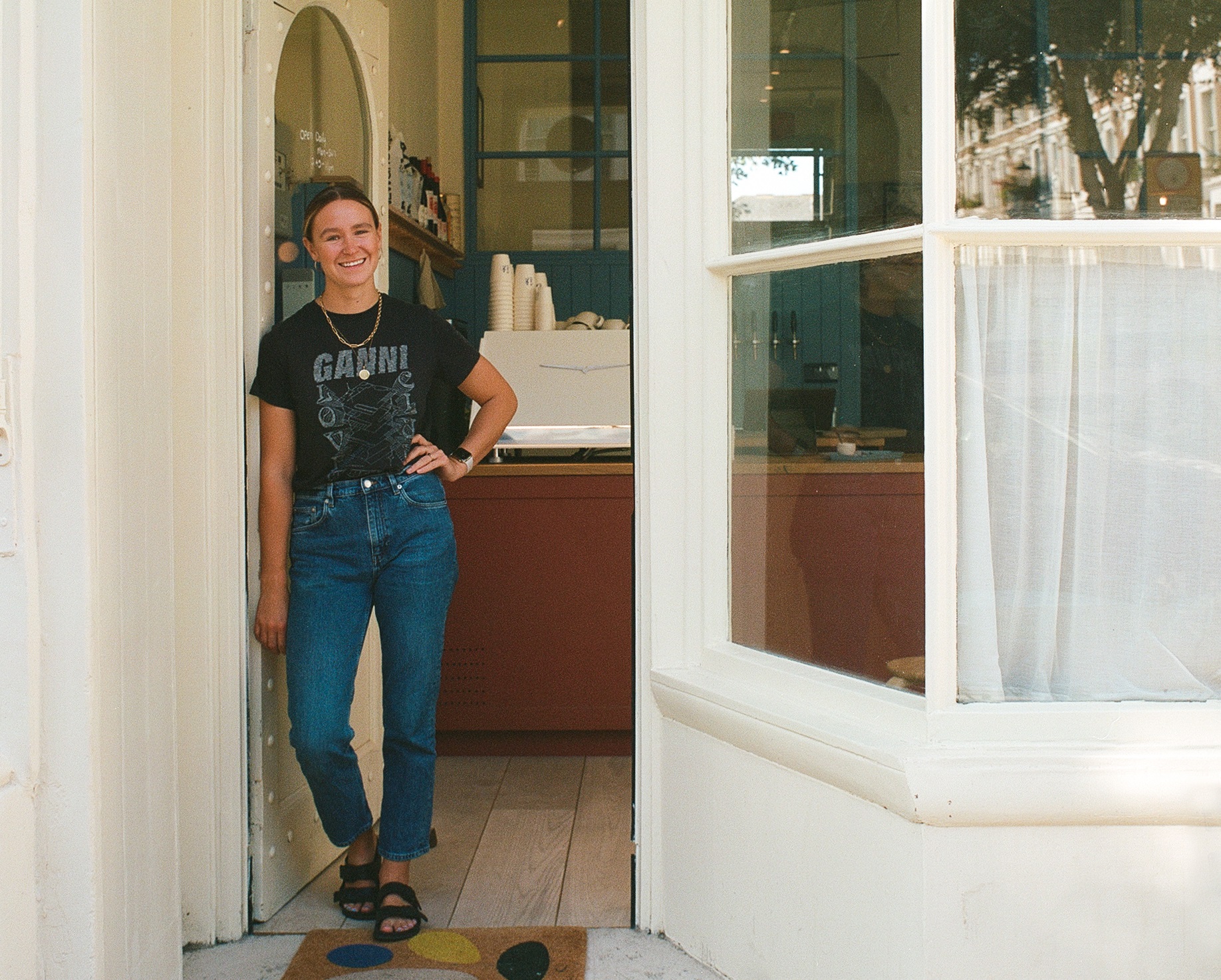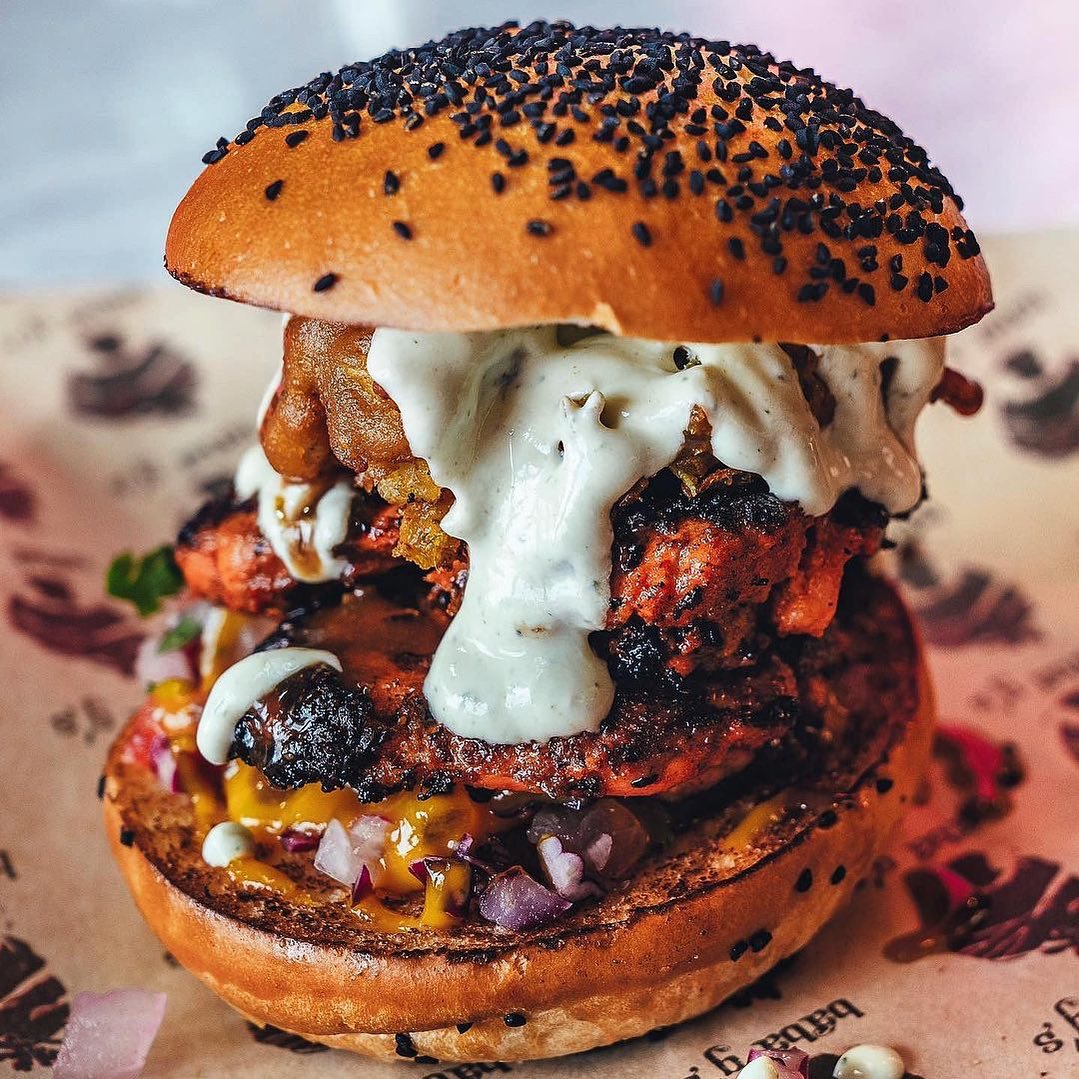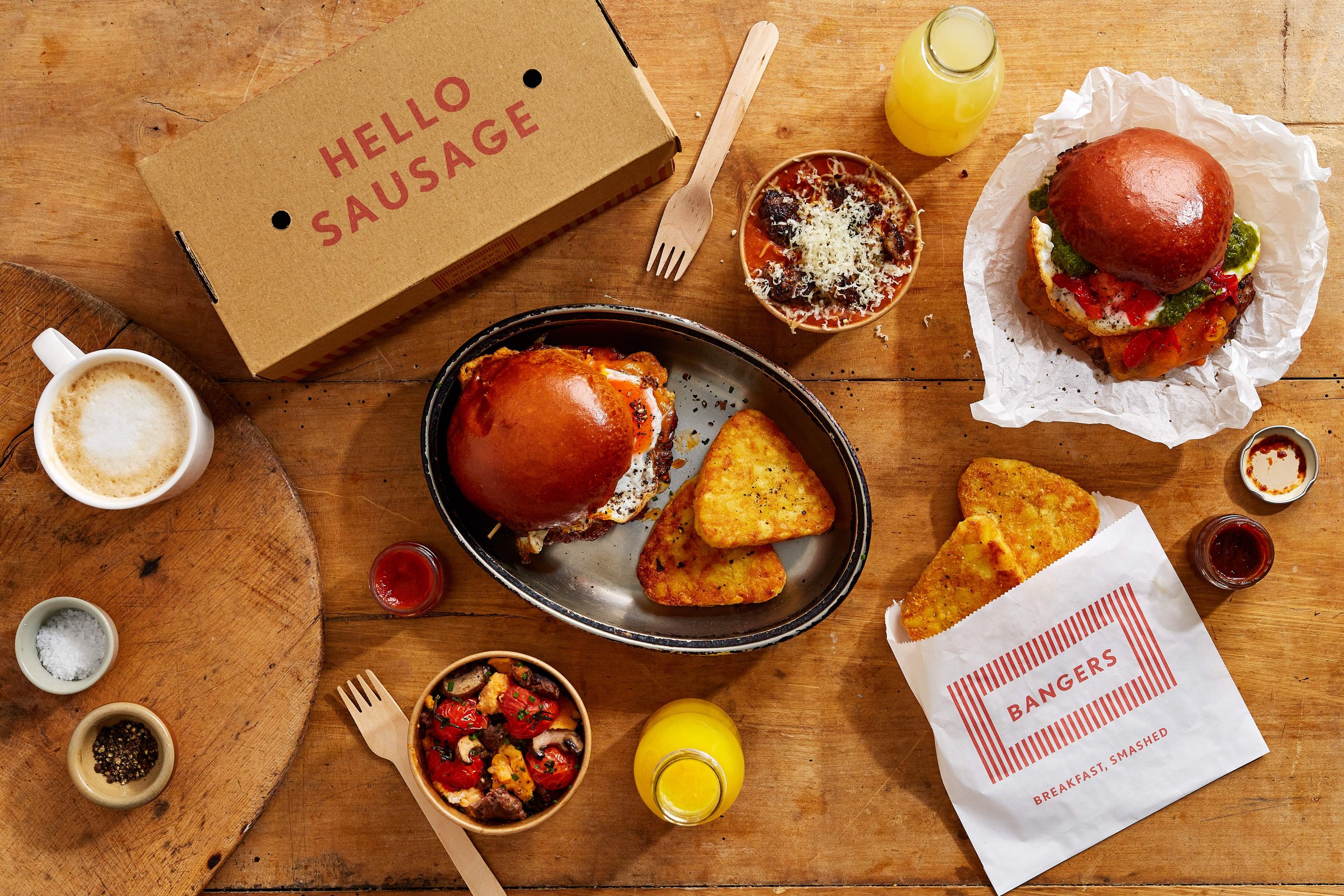For people who celebrate Halloween, trick-or-treating is no laughing matter. Sweet treats of all kinds are dished out to hard working trick-or-treaters, who in exchange for their spooky dress efforts are rewarded with a fun snack (often sugar-based). In the U.K. especially, we now consider the holiday celebrating spirits, witches, and spiritual creatures a chance to dress up and get a ton of free snacks. Rarely, however, are these snacks home baked or savoury. Is that the case in the rest of the world?

The tradition of kids dressing up and knocking on people’s doors for treats used to be a more balanced exchange – people had the option to select ‘trick’ if they were out of treats or fancied the entertainment – though nowadays, this is far less common. This tradition is rooted in a practice called “souling”, an old ritual where poor families would visit rich households and ask for food or money in exchange for prayers on behalf of the household’s dead relatives. Over time, this tradition turned into a more playful version, where kids ‘scare’ adults into giving them sweets. If the children do not receive said treats, expect a few eggs to be thrown at the guilty party’s house – “trick or treat” then sounds like a minor threat.
Trick-or-treating in this sense was only adopted into mainstream culture by the 1950s. One can even trace the precise moment this practice began to permeate popular culture, with a reference to the Halloween ritual first featuring in the famous American comic strip “Peanuts”. In 1952, Disney produced a cartoon called “Trick or Treat” featuring Donald Duck and his nephews Huey, Dewey, and Louie having a grand time.

In the U.S. and the U.K., it is most common for summoned adults to gift the little ghosts and ghouls copious amounts of mass-produced, standard candy into a (probably) pumpkin-shaped bucket. But in other parts of the world, households get a little more creative.
Italy
On what Italy celebrates as “All Souls’ Day” or “Commemorazione dei defunti” November 2nd – a day spent remembering deceased family members –, Italian kids will be on the lookout for some “ossa dei morti”, or “fave dei morti”, meaning “bones of the dead” and “beans of the dead”, respectively. These deliciously chewy biscuits are made of ground-up almonds, pine nuts, cinnamon and lemon zest.

Mexico
Over in Mexico, where the culture famously celebrates the Day of the Dead, or “Dìa de Muertos”, a traditional treat is the “pan de muerto”. This “bread of the dead” is a beautifully soft and sweet bread roll, sometimes decorated with skeleton bone shaped dough, eaten next to a loved ones’ grave to honour their memory.

Ireland
You may or may not have heard of Barmbrack (báirín breac), Ireland’s favourite Halloween treat, which is a particular kind of fruit bread. Similar to the French “Galette des Rois” that is traditionally eaten in the first two weeks of January to celebrate the Epiphany, Barmbrack has little objects baked into the loaf. Each object signifies something different about what lies in the year ahead for the person who finds it.

Like Mexico, Spain celebrates “All Saints’ Day” or “Día de Todos los Santos” rather than Halloween, where the common delicacy is a sticky, cream-filled marzipan “Huesos de Santo”. Meaning “saints’ bones”, these almond paste concoctions are tube-shaped and typically eaten as part of the day’s activities.
Outside of the U.K. and the U.S., the equivalents to Halloween tend to have much more meaningful, often spiritual connotations – as opposed to an extremely commercialised event that works to shift large amounts of mass-produced sweets, and ghost and witch costumes. Countries such as Italy, Spain and even Ireland associate this time of year with honouring and being spiritually closer to dead relatives, often through their culturally rich baking.
Whereas other cultures see this event as a chance to bring together community and multiple generations of families around delicious food, to celebrate and remember, a 2006 survey found that “half of British homeowners turn off their lights and pretend to not be home on Halloween”. Aside from being one of the most British facts you’ll likely read today, it does give weight to the idea that, perhaps if Halloween was not so comically over-commercialised, our Halloween baking traditions would be a little more tasty, more fun, and a lot more authentic.
